Geography of Life
-December 2022 — Ongoing
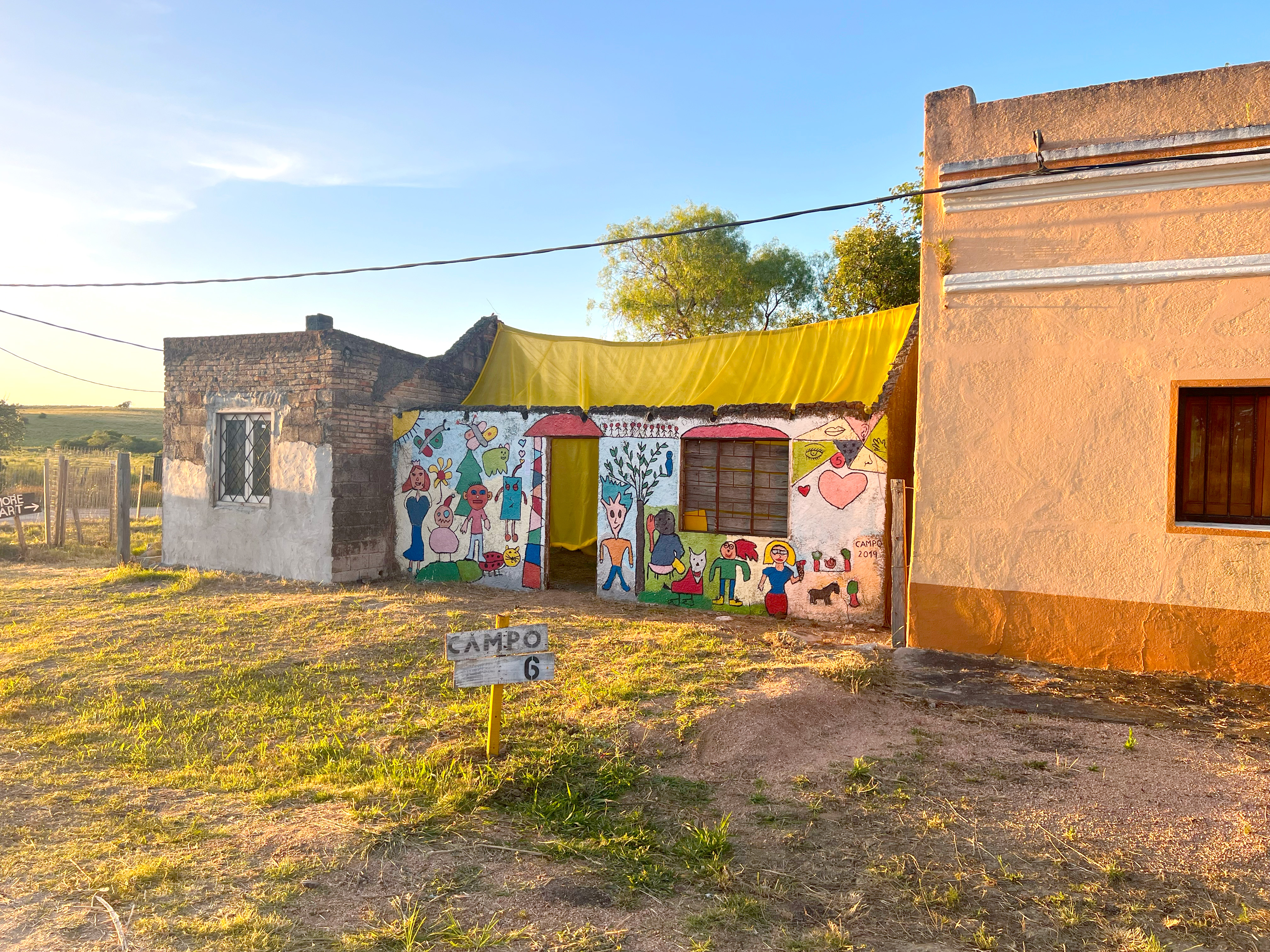
Outer view installation, Campo Fest, Garzón, Uruguay, 2022
Geography of Life is a research-based site-specific body of work in the form of installation and education curriculum that documents the relationships of interdependency between humans and nature and the effects of an expanding tropic globally.

Interior view installation, Campo Fest, Garzón, Uruguay. 2022
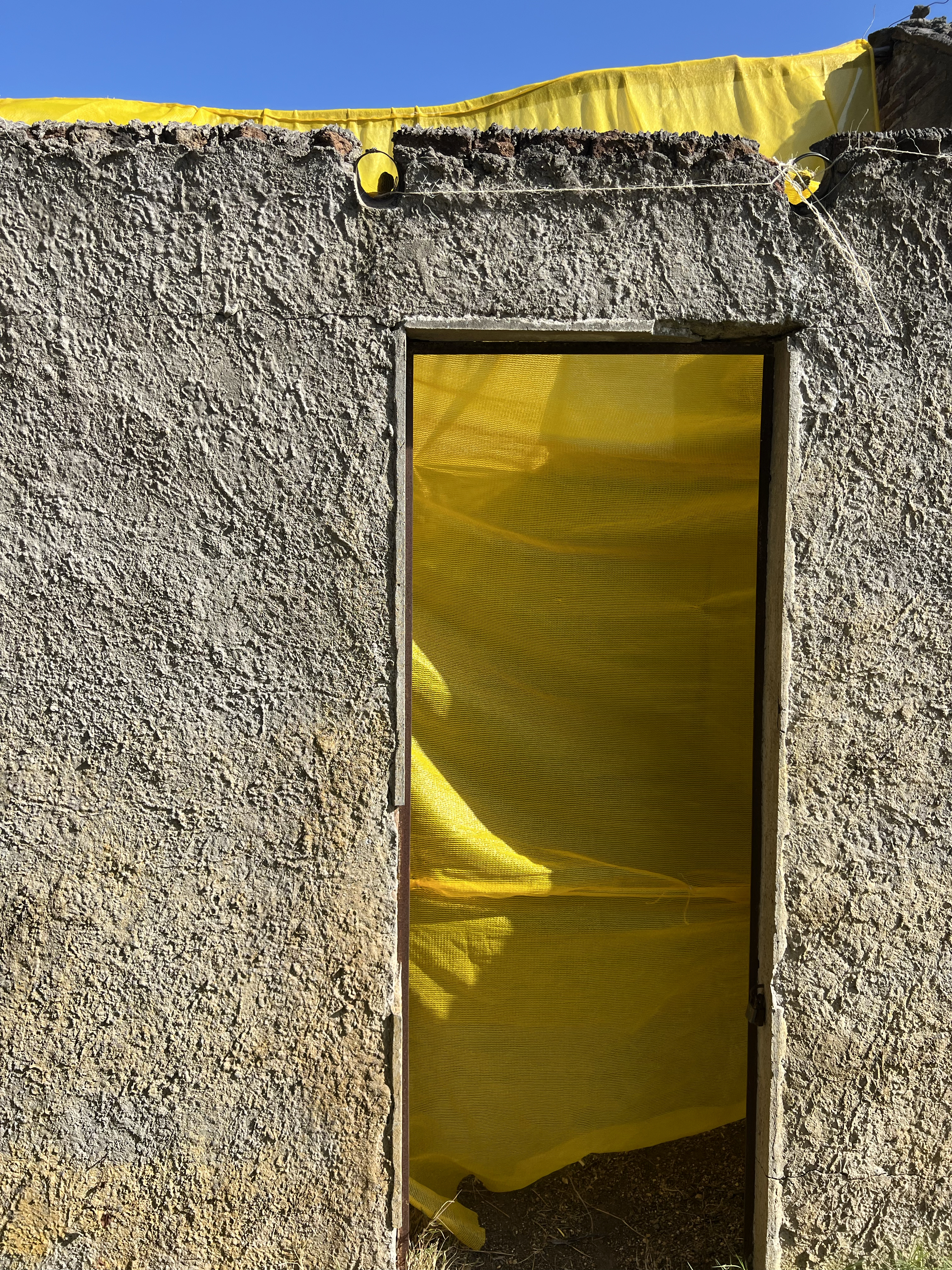
Exterior view installation, Campo Fest, Garzón, Uruguay. 2022
Geography of Life #1 Pueblo Garzón, Uruguay, 2022
Inspired by the work of Uruguayan parasitologist Rodolfo V. Talice, Geography of Life (#1), 2022 is a site-specific installation in Garzón, Uruguay that brings awareness to Neglected Tropical Diseases (NTDs), specifically Chagas. According to the Clemente Estable Biological Research Institute, over 6 million people are estimated to have Chagas worldwide. The kissing bug, or vinchuca, an insect that transmits the Trypanosoma cruzi (T. cruzi) parasite, causing Chagas, it is said to have been introduced in the Americas through colonization.
To teach children about Chagas and mitigation, I partnered with a local school and conducted an art-making class in Pueblo Garzón. Together, we read the classic tale The Feather Pillow by Horacio Quiroga and drew kissing bugs which, in the story, transmitted Chagas to the protagonist subsequently killing her. For the installation, I replaced the roof of a dilapidated house with yellow "shade cloth," a material used to protect food crops from sun rays in the tropics. The school children's kissing bug drawings were displayed within the house with descriptions of current conditions in the tropics.
To teach children about Chagas and mitigation, I partnered with a local school and conducted an art-making class in Pueblo Garzón. Together, we read the classic tale The Feather Pillow by Horacio Quiroga and drew kissing bugs which, in the story, transmitted Chagas to the protagonist subsequently killing her. For the installation, I replaced the roof of a dilapidated house with yellow "shade cloth," a material used to protect food crops from sun rays in the tropics. The school children's kissing bug drawings were displayed within the house with descriptions of current conditions in the tropics.




Workshop Documentation at local school pueblo Garzón, 2022
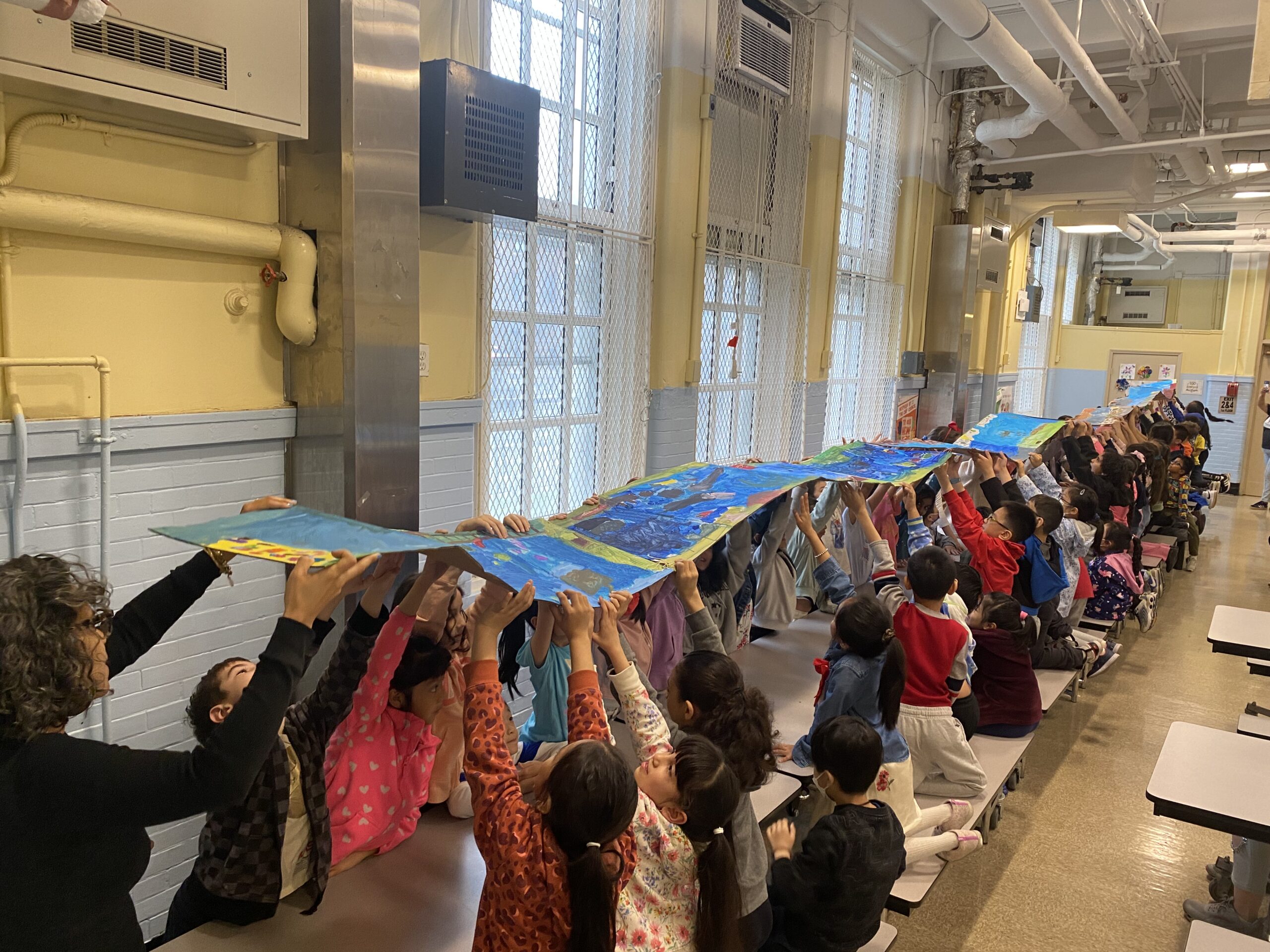
Geography of Life #2,
P.S. 48 Mapleton School & Artist Alliance, Brooklyn, NY, 2024
In collaboration with 2nd-grade students from P.S. 48 Mapleton School, I created an artmaking workshop series that reflected on the historical, existent, and potential futuristic forms of interdependent relationships between human and non-human life. Coming together for six 90-minute sessions, participating students explored the following questions:
- What is interdependency, and what does it look like in our school and neighborhood block?
- How does interdependence show up in your family?
- How are we interdependent with water?
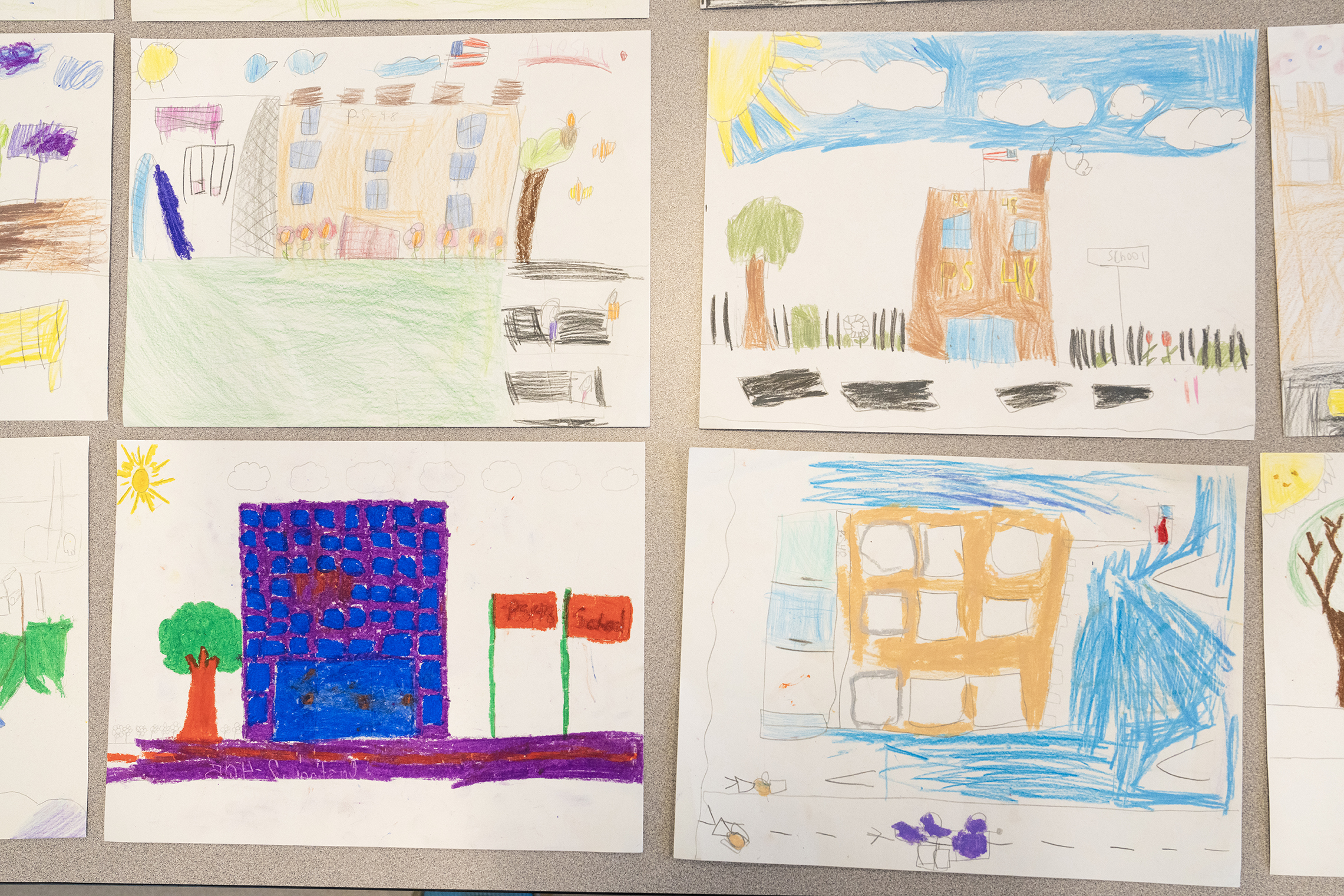
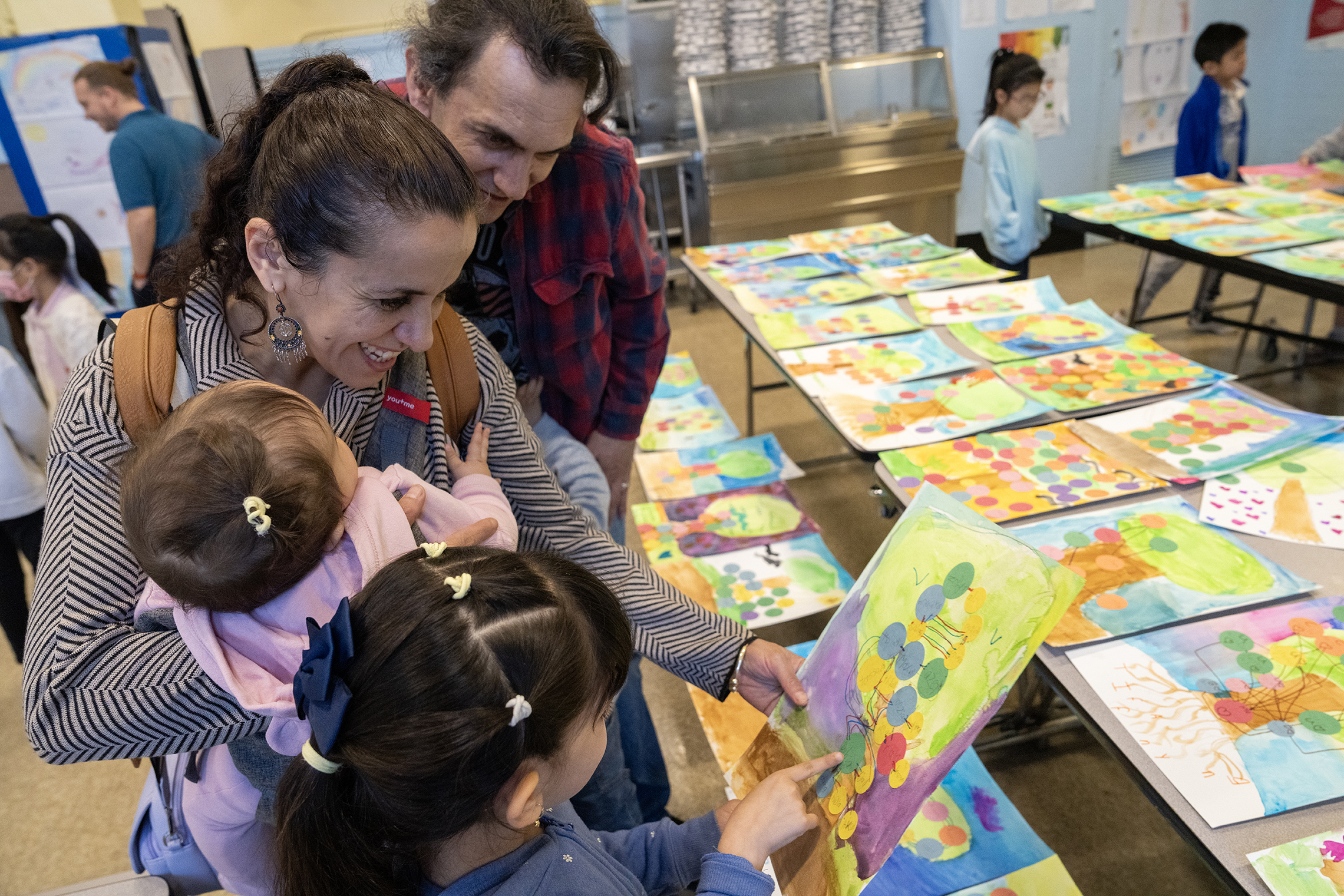

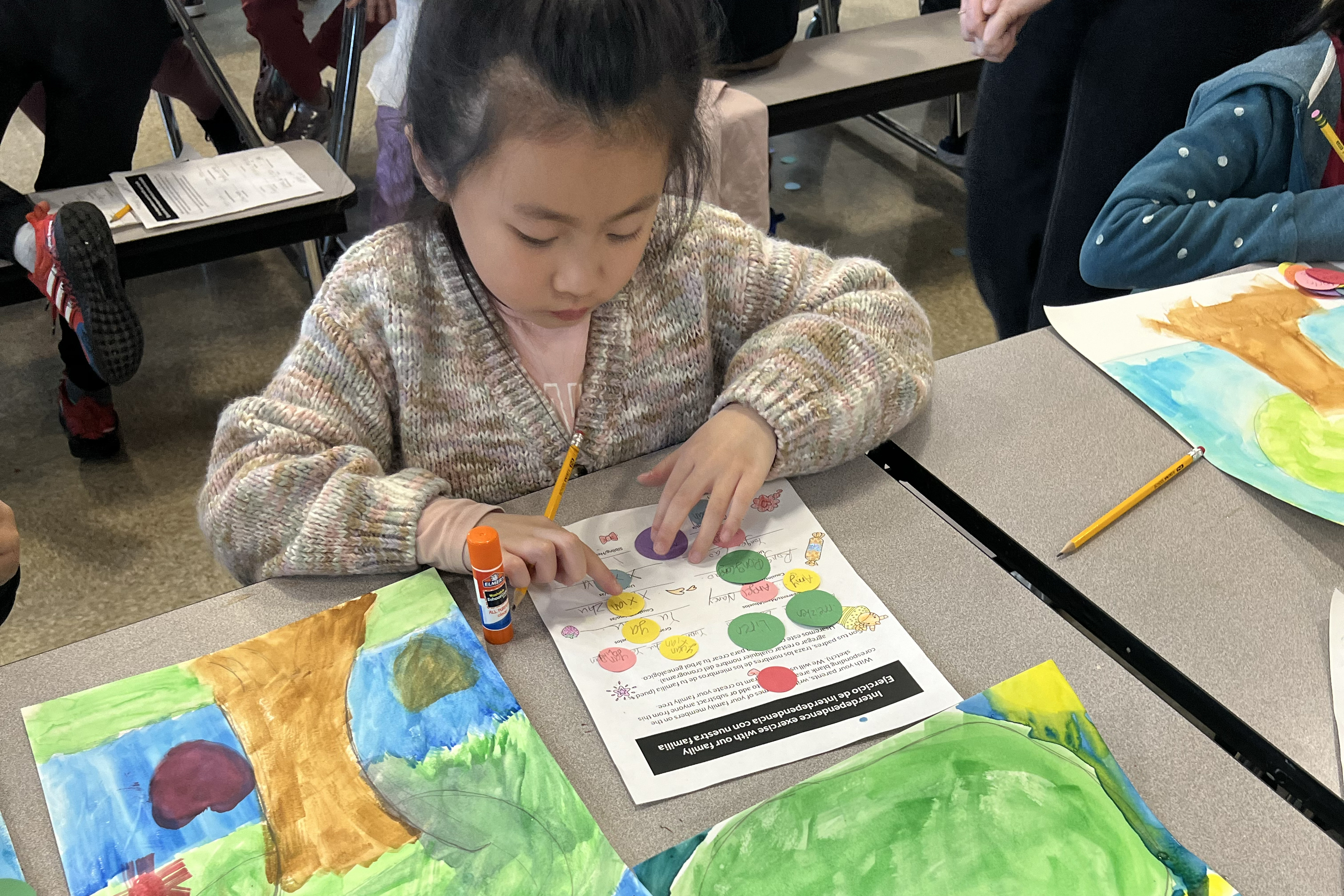
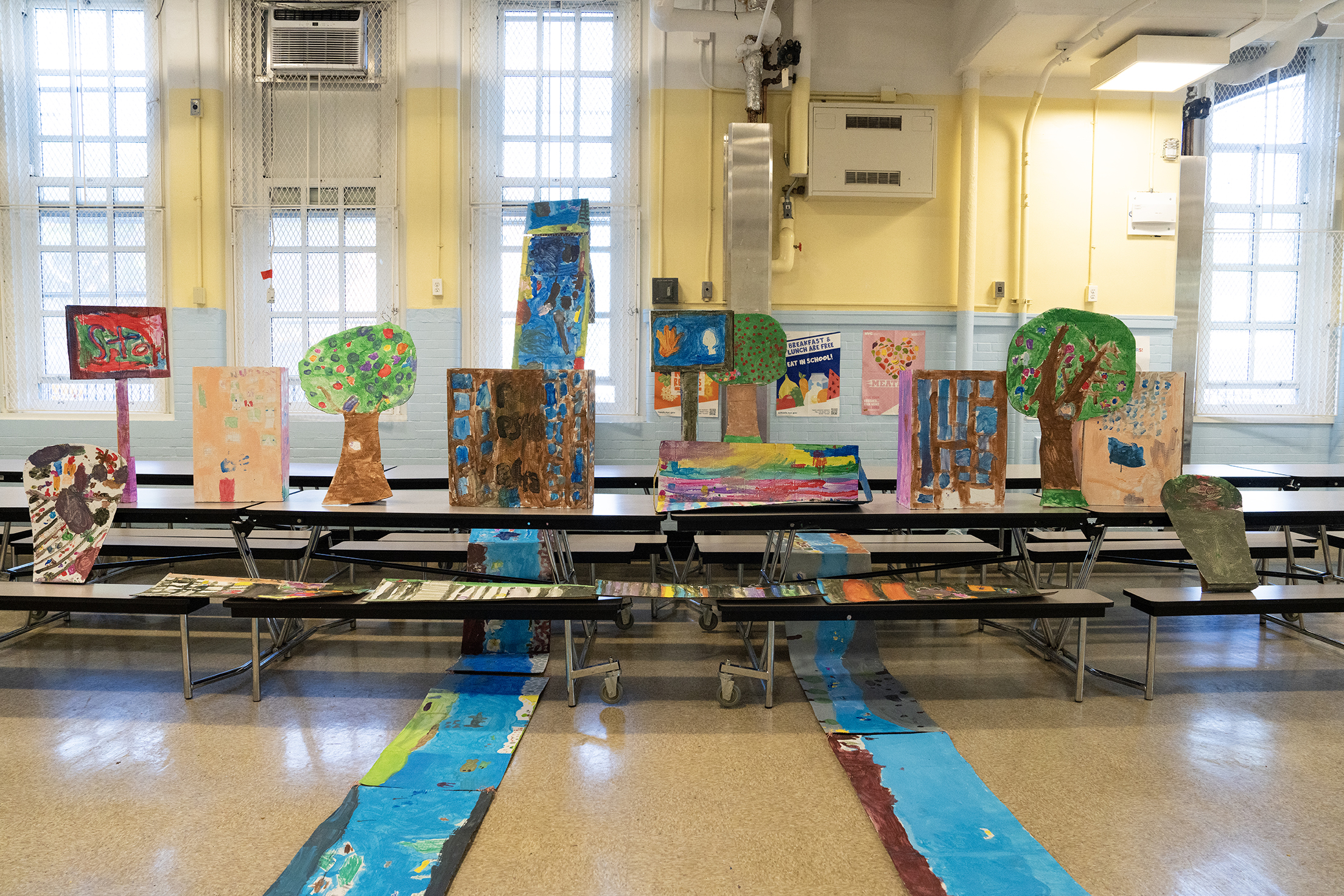
Photos by Manuel Molina Martagon
© 2025 Lizania Cruz